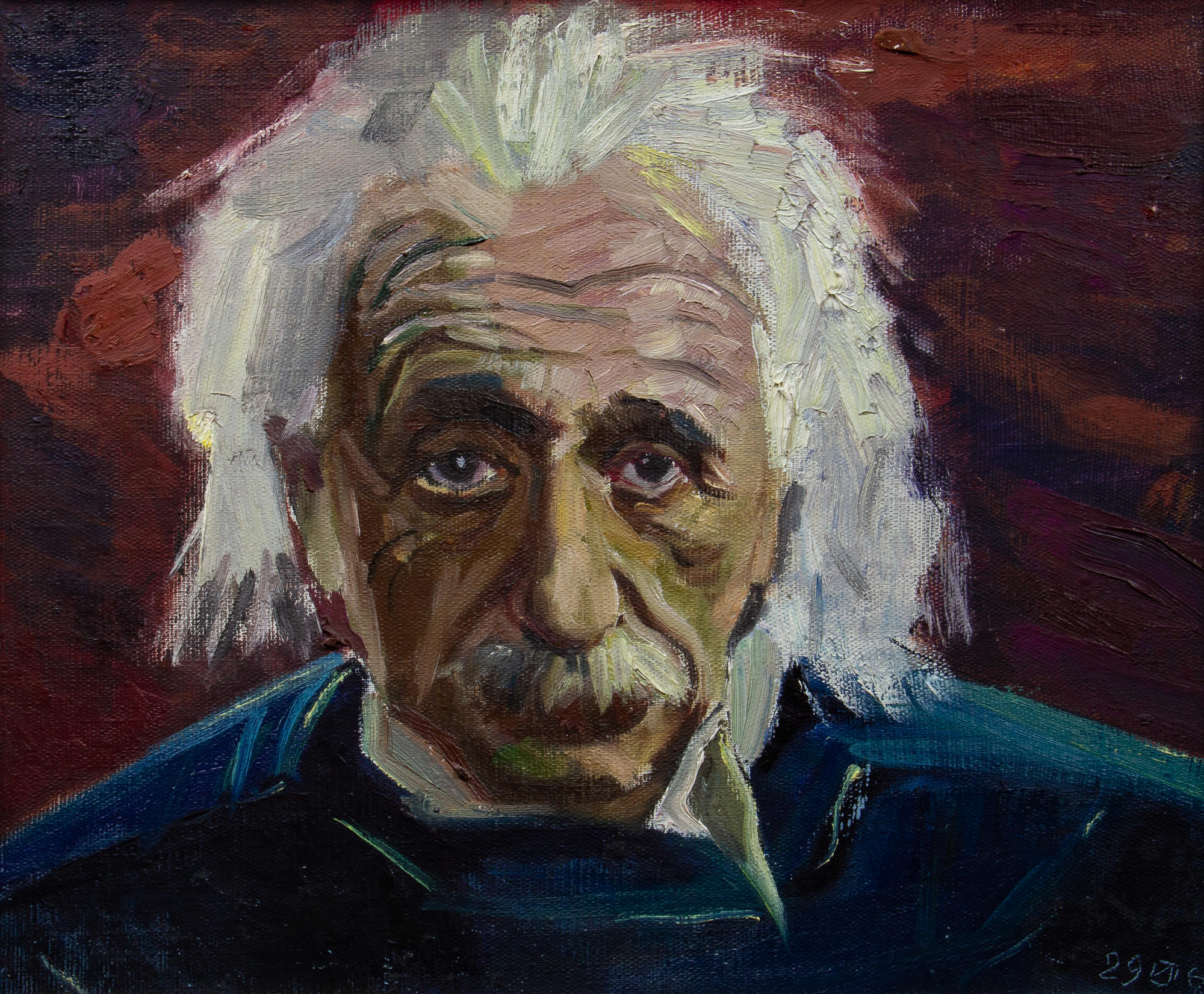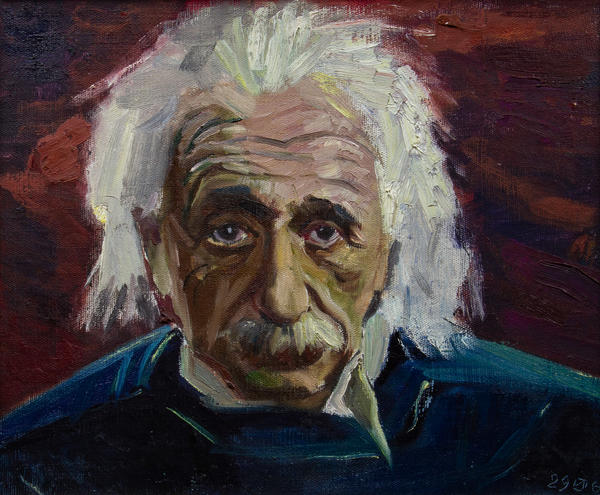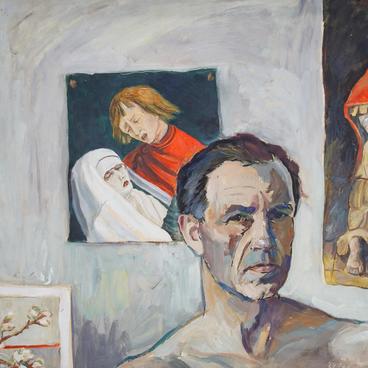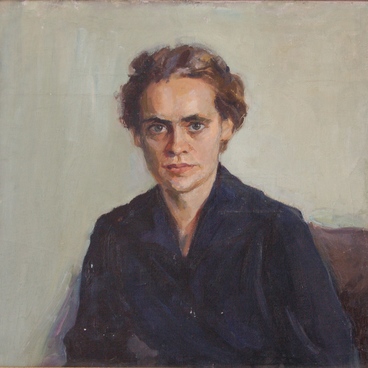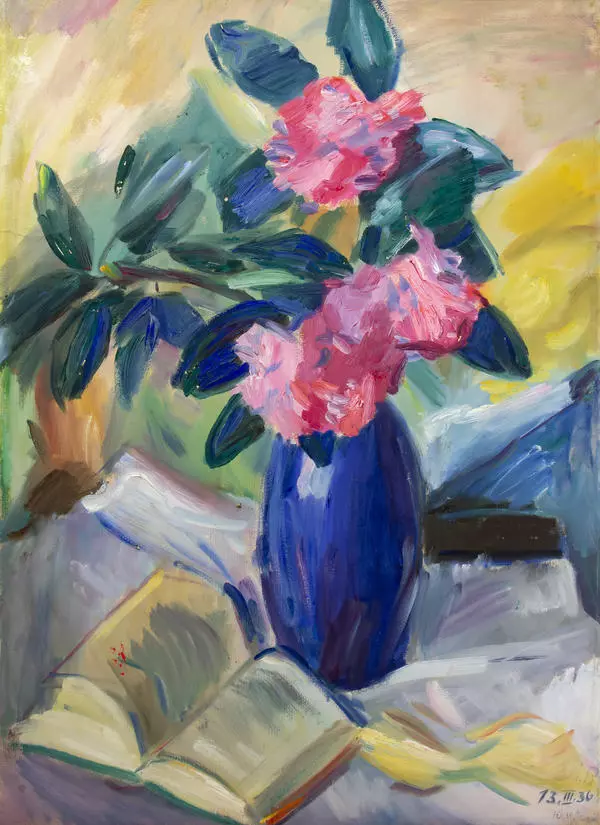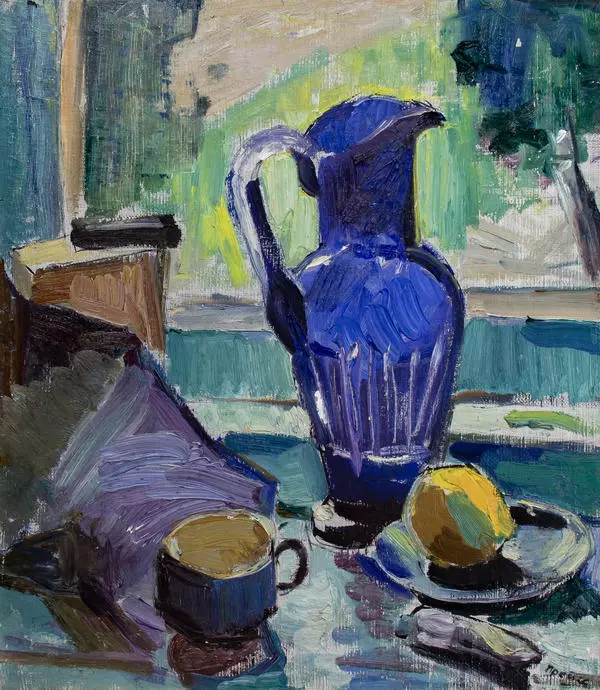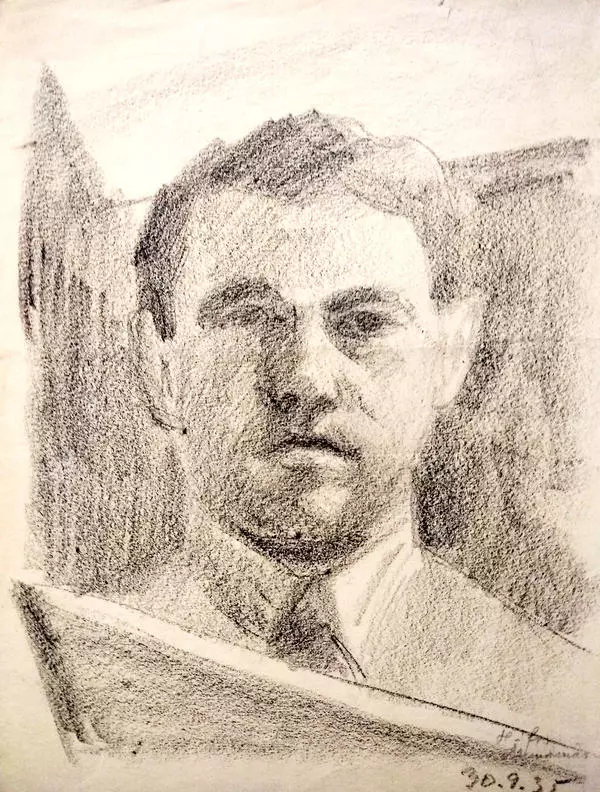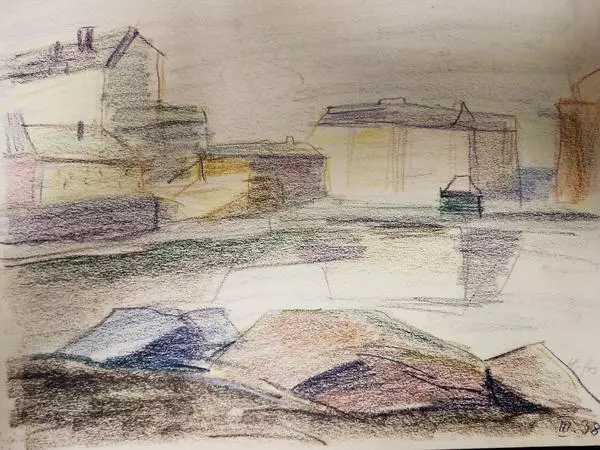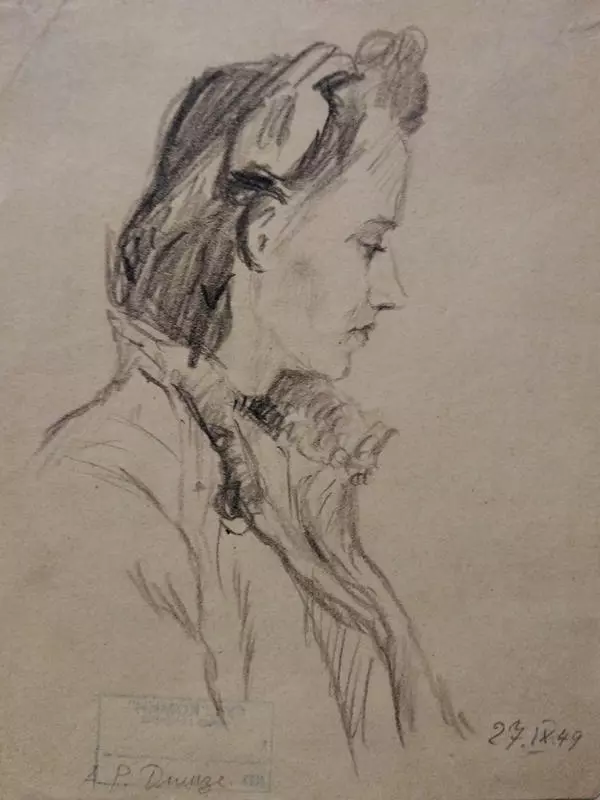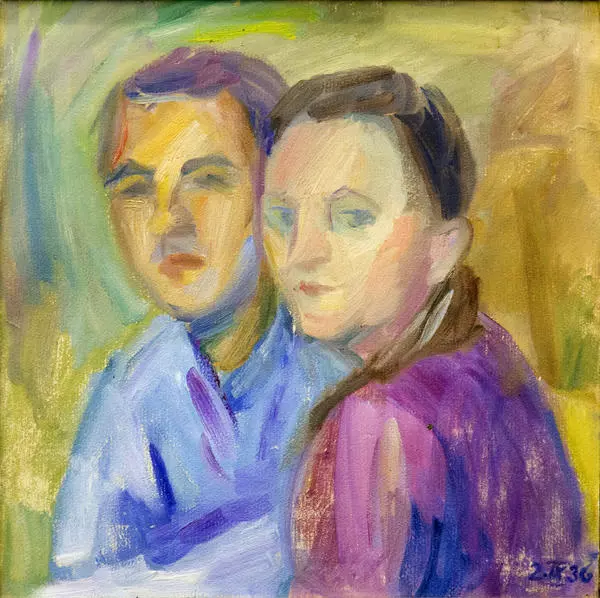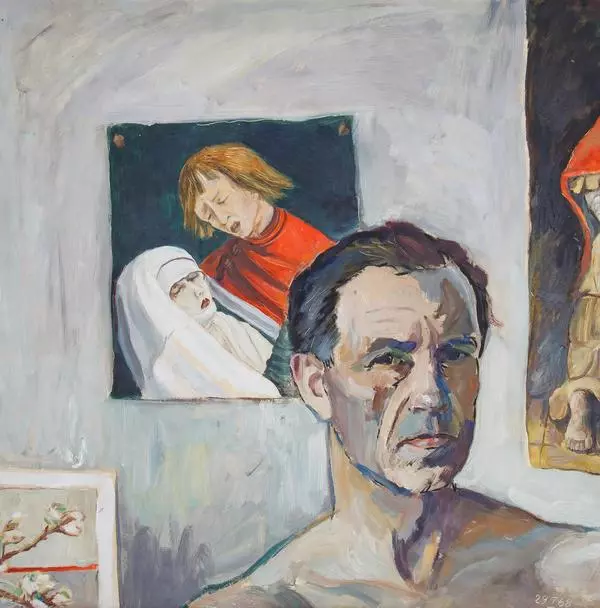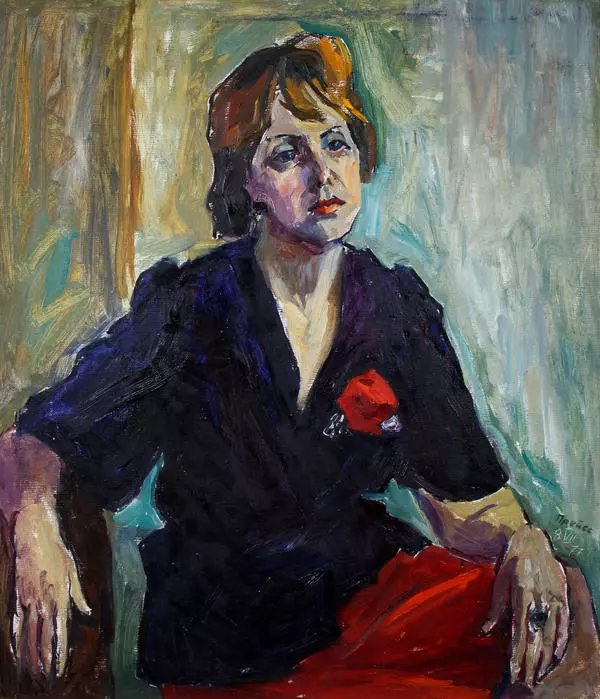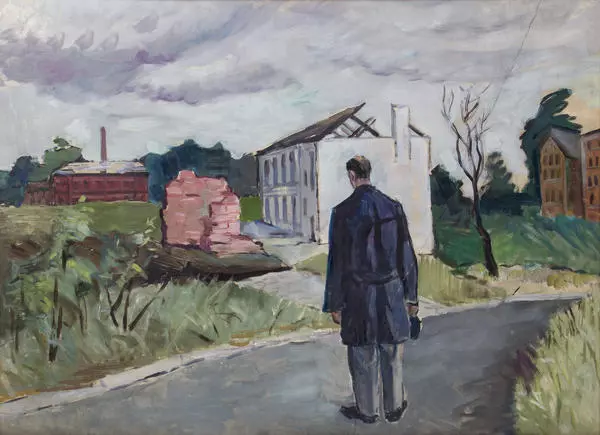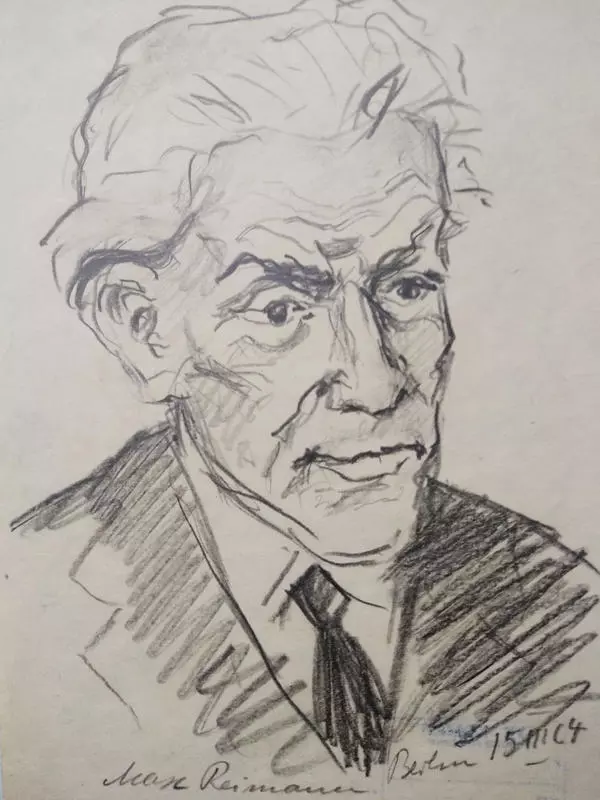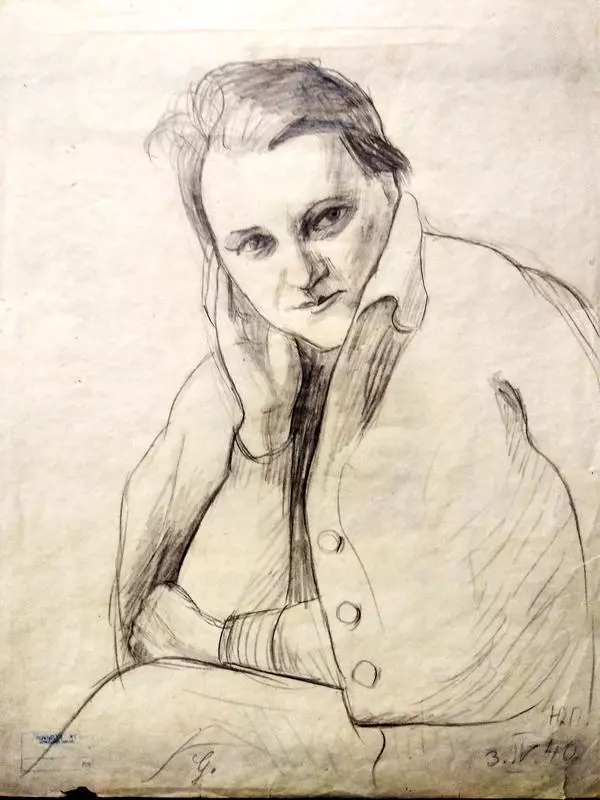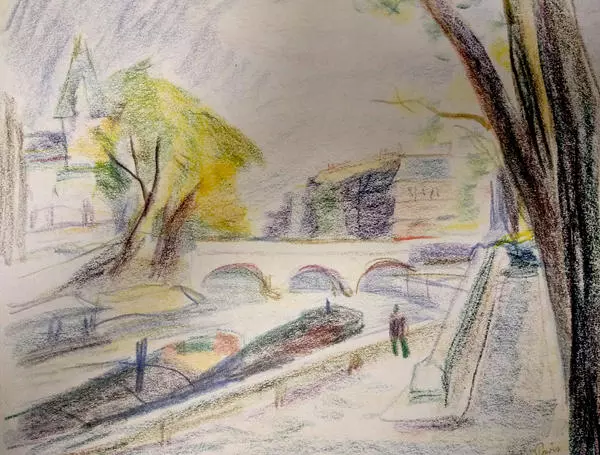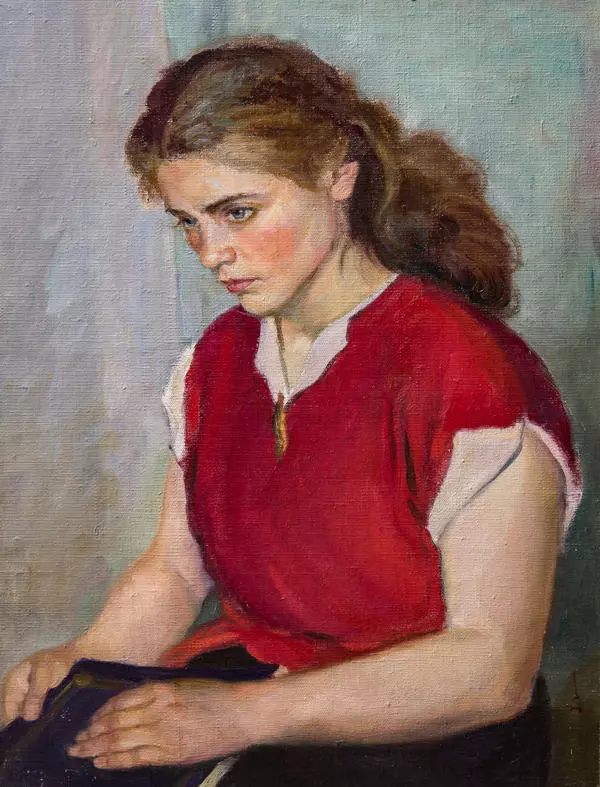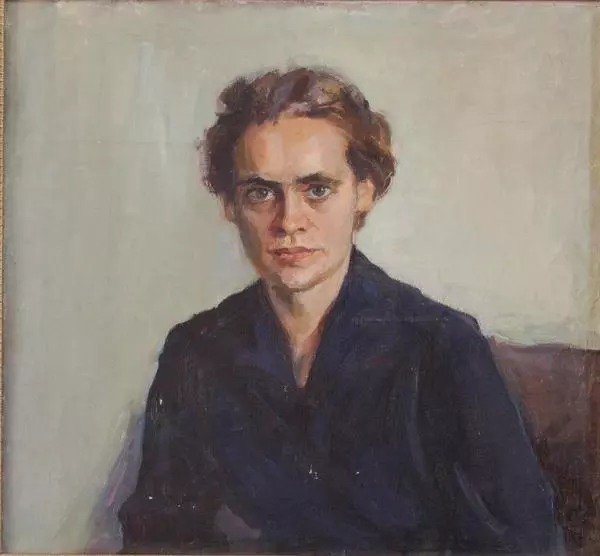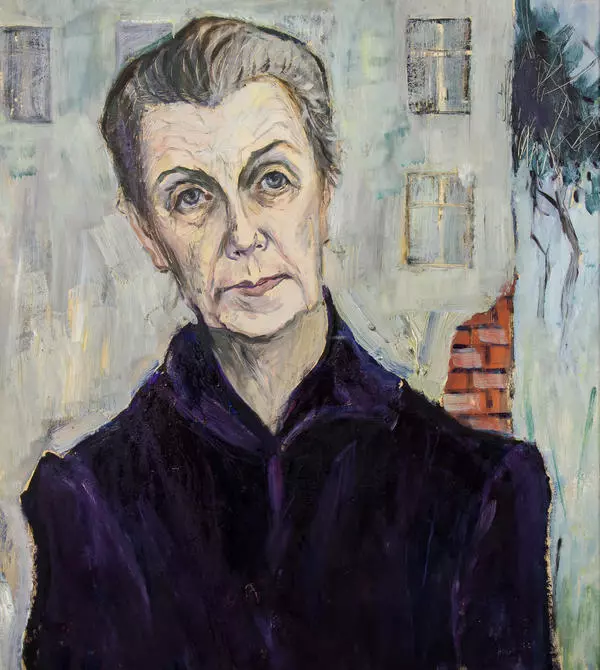Jurgis Preiss created the portrait presented at the exhibition in the Kemerovo period, which was the longest (1956-1984) one in his painting career. It was the time of the thaw and the artist returned to the light colors and light painting technique. Expressionist Arthur Degner was his teacher at the Konigsberg Academy of Arts. Jurgis Preiss wrote in his early diaries: ‘I want to have bright and joyful colors around me.’ However, some new works appeared in his later years.
#1
Jurgis Preiss
Portrait of Einstein
#2
#3
He began to paint portraits based on his own memories and impressions. The first in this series were portraits of famous scientists and artists who were staunch anti-fascists with an active political stance.
#4
The portrait of Albert Einstein is one of such works. The world-famous physicist, like Preiss, left Germany in 1933, when the Nazis came to power. Those years witnessed the onset of an economic crisis with anti-Semitic sentiments intensified in Germany. Einstein began to receive threats, reaching the point where one of the leaflets announced a large money award for his head. During that period, all research works of the well-known scientist were either declared a distortion of the true Aryan science or attributed to ‘Aryan’ physicists. So, in 1933, Albert Einstein and his family were forced to emigrate and went to the USA, where they soon relinquished their German citizenship in protest against Nazism. At the same time, he broke off communication with the researchers who remained in Germany, Max Planck, for example.
Jurgis Preiss, like Albert Einstein, was forced to leave Germany in 1933. He acted as a military spy and, together with his wife, the communist Gertrude Gennis, traveled across Europe for the next six years - working undercover, visiting museums, recording his impressions of the original paintings by Rembrandt, Van Gogh, Cezanne and Picasso in his diaries. The artist continued to create many paintings. One of the galleries in Paris hosted his solo exhibition in 1937, which received positive reviews from the French critics.
The portrait of Einstein by Jurgis Preiss came to the Kemerovo Regional Museum of Fine Arts in 1974 from the Regional Department of Culture of the Kemerovo Regional Executive Committee.
Jurgis Preiss, like Albert Einstein, was forced to leave Germany in 1933. He acted as a military spy and, together with his wife, the communist Gertrude Gennis, traveled across Europe for the next six years - working undercover, visiting museums, recording his impressions of the original paintings by Rembrandt, Van Gogh, Cezanne and Picasso in his diaries. The artist continued to create many paintings. One of the galleries in Paris hosted his solo exhibition in 1937, which received positive reviews from the French critics.
The portrait of Einstein by Jurgis Preiss came to the Kemerovo Regional Museum of Fine Arts in 1974 from the Regional Department of Culture of the Kemerovo Regional Executive Committee.
#5
Kemerovo Regional Museum of Fine Arts
читать дальшескрыть
00:00
00:00
1x
Portrait of Einstein
Время создания
1962
Размер
36x45 cm
36×45 cm
36×45 cm
Техника
Canvas, oil
4
Открыть в приложении
Поделиться
